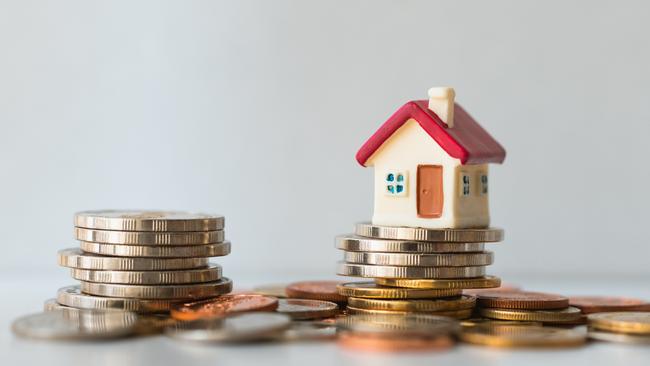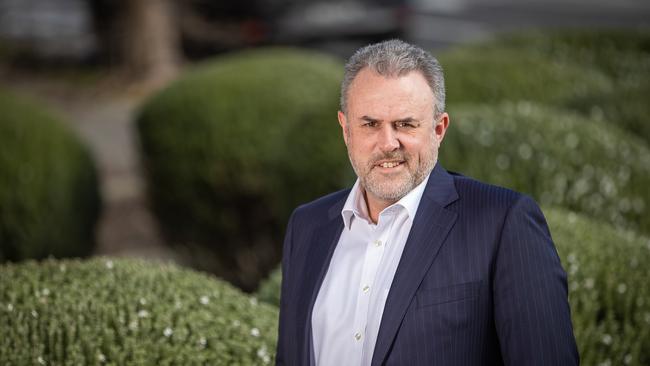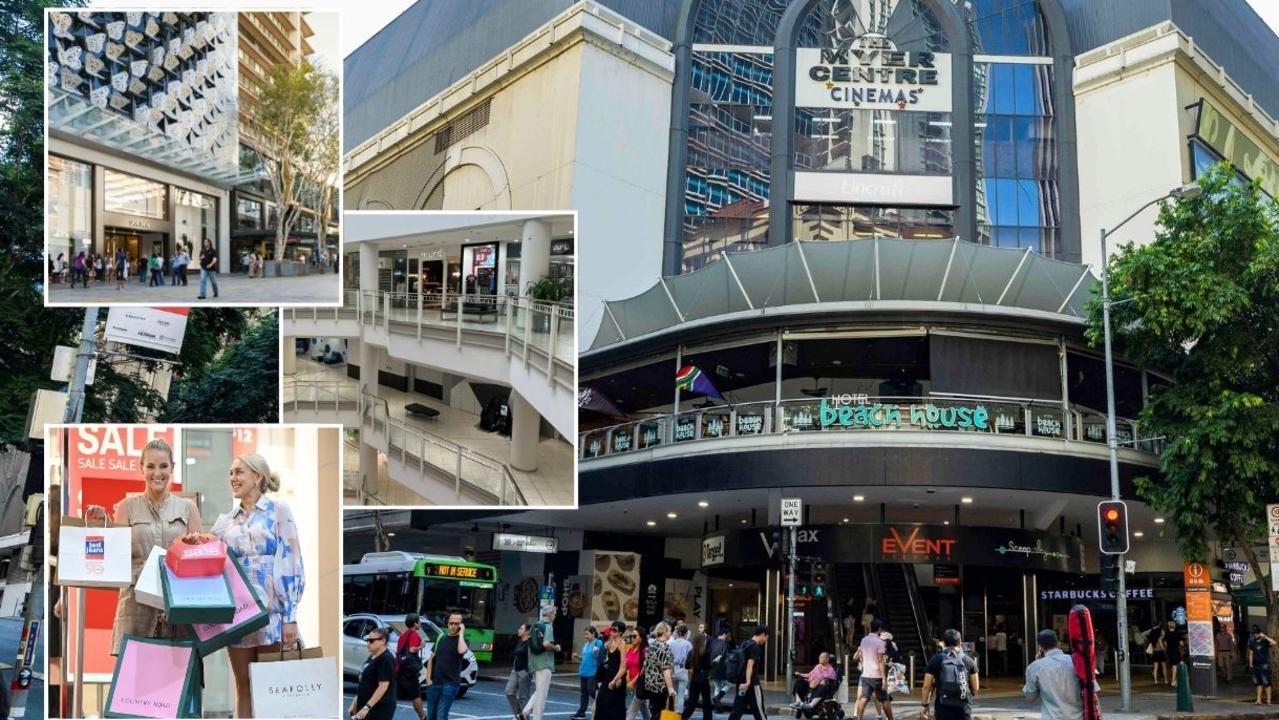The real cost of buying your first home
First home buyers will need more than a 10 per cent deposit to get into the property market but with a bit of knowledge they could save thousands of dollars.

I know this is a bit cruel. But watching young’uns trying to buy their first home right now is kinda like watching a kitten chase a piece of string.
Kitty sees the end of the string. Kitty gets into the crouching position. Then … pounces!
By the time fluffball has landed, the string has been pulled just out of reach. They try again. And again. So cute! So funny! Sometimes they even get a furry little paw or claw on it, only for it to be yanked out of reach again.
They’ll chase it and chase it all day … in an unwinnable game.
Did someone get that on video?
No, I’m not a sadistic bastard. I don’t get any enjoyment from watching the current heartache of first-home buyers, or upgraders for that matter.
But I also don’t control property prices and it’s a fact that sometimes property prices move fast. And for an extended period. It’s not often we see property move this fast nationally. And no-one is tipping it to stop on a dime in the coming months either.
At Christmas, when we’re hopefully catching up with family around the country, we could be viewing property prices in September as a bargain.
People are now wishing they could just get it at January’s prices. Spilled milk. (“Here, kitty!”)
Rising prices are indisputable. But there are a number of misconceptions when it comes to buying property. And today, I want to dispel a few of them.
DRIVING FORCES
What’s pushing gains now? No, it’s not just greedy investors adding yet another property to their portfolio. First home buyers got the jump on investors early this year, as investors still feared renters defaulting and the eviction moratorium.

Investors are in the market now, sure, but they were late to the party. First home buyers are still out there in larger numbers than normal.
There are three main reasons driving the current bull run. Firstly, prices fell during the initial reaction to lockdowns last year, so they big gains are coming off a lower base, which pumps up the stats a bit.
Secondly, some people did okay from Coronavirus, thanks to massive economic stimulus and forced saving from not being able to spend. Lastly, interest rates can’t get any lower.
Depending on which stats you look at, the national house price median rose nearly 19 per cent in the year to June to $956,000, a gain of $151,000 from about $805,000.
But they are median prices for that entire quarter. You could call it the median price from mid-May. That’s nearly four months ago. In reality, the current fervour might have already pushed that median price above $1 million.
Trying to save your 10 per cent deposit (and the notion of 10 per cent is a furphy, but I’ll come back to that) when prices are moving that fast? That’s the kitten with the string. When you’re on the treadmill, heading off to open-for-inspections, it’s going to be demoralising.
But don’t say it’s unaffordable. As I said a few weeks ago, it is buyers pushing prices up. Ergo, they’re affordable. This might reverse within months, and they flatten out, or start falling. But it appears we’re not there yet.
10 PER CENT AIN’T 10 PER CENT
People talk about getting a 10 per cent deposit for a home.
But, for most first home buyers (plus all upgraders and investors), having a 10 per cent deposit fails to mention you need stamp duty on top of that.
Having a 10 per cent deposit to buy the median $955,000 home does not mean you need $95,500. Depending on where you live, you’re going to need up to approximately $55,000 to cover stamp duties.
When they say a 10 per cent deposit, they mean you’ll be borrowing 90 per cent. But to have a 90 per cent loan, you’ll need up to 15.7 per cent, depending on which state you’re in.
Most first-home buyers will buy below the national median price. But unless they are building a new home, there’s not much stamp duty relief nationwide currently.
SERVICING RATES
“Interest rates are rock bottom. I could afford to pay a higher mortgage. Why can’t I borrow more?”
No generation has seen interest rates this low.
But when banks look at how big a loan you can afford, they don’t look at current interest rates. When they plug their numbers into their spreadsheets, they use what are known as “servicing rates”.

Servicing rates always assume interest rates will rise from wherever they are now.
While a reasonable home loan variable rate is about 2.5 per cent, banks assess you as if rates were 5.5 per cent – more than double their current levels.
Why? For several reasons. They’re naturally conservative – they’re not in the business of losing money. The prudential regulator tells them to. And they want to know you can deal with rate rises that will, inevitably, come at some point.
For a $700,000 home loan, the current repayments (at 2.5 per cent) will be $2766 a month. At 5.5 per cent, it would be $3975 a month.
That’s $1200 a month of higher repayments built in as fat. If you think you won’t need at least some of that in coming years, you’re kidding yourself.
LMI = COST OF DOING BUSINESS
Lenders’ mortgage insurance is also generally misunderstood.
It’s the bank’s insurance premium that they get you to pay. It can amount to tens of thousands of dollars. It is usually added onto your loan, so you pay it off over the loan term.
It doesn’t protect you. It protects the bank in case you default, they sell your property and it goes for less than you owe. For example, you bought a property for $800,000, borrowing $720,000, but when you fall over and the bank moves in to sell the place, they can only get $650,000 for it.
LMI is generally required if you borrow more than 80 per cent. Some professions get exemptions, and some lenders don’t charge from 80 per cent. If they don’t charge it upfront, sometimes you’ll pay a higher interest rate to cover it over a number of years.
But for most, it’s a cost of getting into the market without having savings of about 25 per cent of the purchase price.

If it took you 18 months to jointly save a 10 per cent deposit on a $700,000 (say $105,000 including stamp duty), how long is it going to take you to save 20 per cent of the same property that has now moved to $850,000 (or $212,5000 including stamps)?
If you pay an extra, roughly, 2 per cent in LMI, but in return, you save 10-20 per cent by buying now instead of in 18 months’ time … might that not be worth it?
Gains aren’t always going to happen. But if median house prices rise just 7-8 per cent in the extra year or two it takes you to save enough not to have to pay LMI, then it might be a bitter, but profitable pill to swallow.
CHASE THE STRING
Buying your first property – whether to own or become a rentvester – always feels like you’re the kitten chasing the string.
When its you, I get that it’s not cute and it’s not funny. It is a personal struggle. But while you’re saving that deposit, get yourself an education. Read. Speak to a mortgage broker. Each bit you learn might save you a few extra thousand dollars.
SUPER D’OH!
Last week, I said self-managed super funds were limited to a maximum of four members. And that had been the case for approximately 1000 years. A few readers pointed out the law had changed and now allowed six. I knew the change was coming, but had missed that it had got royal assent in June.
As of 1 July, a SMSF can have six members. That doesn’t mean you can just add a couple to your existing fund. Your fund might need a trust deed update. Some states might have limitations. Check with your professional team first.
Bruce Brammall is both a financial adviser and mortgage broker and author of books including Mortgages Made Easy. E: bruce@brucebrammallfinancial.com.au.
More Coverage
Originally published as The real cost of buying your first home




